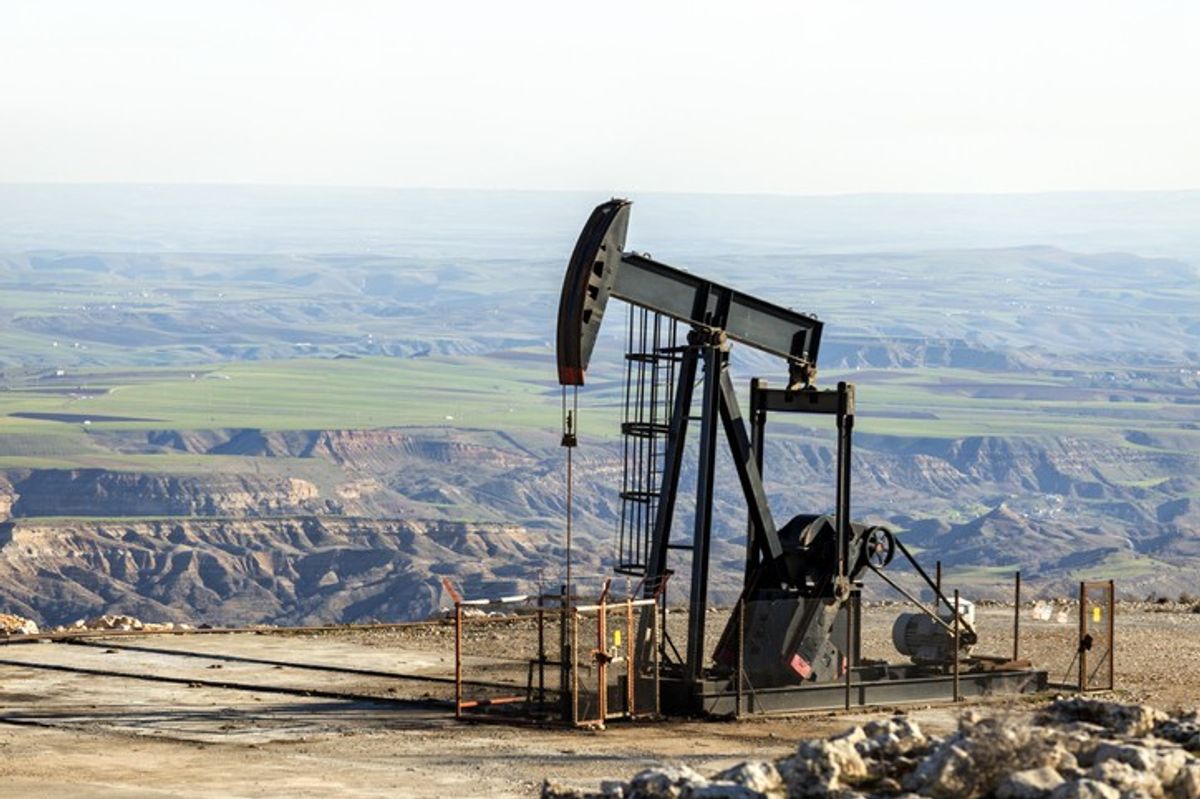Remotely controlled aircraft, or drones, have long become common in military settings—possibly most infamously pictured as a U.S. Predator launching Hellfire missiles at suspected terrorists in far corners of the globe. How can they be used for humanitarian purposes, though? The Cipher Brief spoke with former U.S. Ambassador Jack Chow, now a professor at Carnegie Mellon University, about how drones can be a resource for humanitarian workers by mitigating some of the challenges faced when delivering aid in some of the world’s most complex and dangerous operating environments.
The Cipher Brief: Could you describe some of the difficulties involved the provision of humanitarian assistance?
Jack Chow: The barriers to providing humanitarian aid are numerous and evolving. Chief among them are extensive operational obstacles that involve myriads of personnel, assets, and supply chain links. Complications and breakdowns among any operational components will cause delays and losses of aid. Chokepoints and tenuous routes invite corruption and pilferage. In addition to vulnerable cargoes, aid workers are prone to threats and attack as well. Active conflicts, which provoke both displaced populations and disorder, impose dangerous conditions that often make it nearly impossible to deliver aid to any adequate degree. Altogether, the complexity and vulnerability of humanitarian supply links in either peace or war are persistent operational barriers to providing aid. Furthermore such obstacles create political difficulties in protecting sequestered populations and achieving safe conditions necessary for aid to flow to them.
TCB: How can the use of drones help mitigate some of these difficulties?
JC: As drone capabilities expand, they can ameliorate suffering along three major fronts: surveillance of crisis conditions, provision of emergency supplies, and psychological uplift. On-board sensors will acquire information about conditions on the ground, presence of detectable dangers, and the numbers and locations of affected people. Delivery drones can then drop aid packages as well as other essentials that connect isolated populations—cell phones, maps, radios, and laptops. The presence and activity of drone operations help boost morale among the affected populations, thereby reducing risk of panic and further chaos. Through established connections enabled by drone forces, the information conveyed and the instructions given to people in crisis will save more lives and further preserve local stability.
TCB: What role can drones have in monitoring the potential for humanitarian disasters, such as conducting crisis mapping to track ethnic violence and disease outbreaks?
JC: As drone avionics improve, their expanding technological capabilities will deliver to crisis managers a burgeoning data flow in real time about existing conditions on the ground. Drones may prospectively detect and transmit conditions predictive of disaster or disease, particularly environmental disruptions such as flooding. In the future they may detect the first stirrings of violence by picking up sounds or flashes from gunfire. With repeated use across many scenarios, the accumulated information gathered from drone surveillance will help further refine predictions about the likelihood of humanitarian crises resulting from natural or man-made conditions.
TCB: How might advancements in artificial intelligence (AI) and machine learning further change the use of drones for humanitarian aid in the near future?
JC: Artificial intelligence and other forms of systems with feedback learning capabilities could dramatically empower drones to become the prevailing surveillance system for crisis managers. As costs come down and AI-driven avionics accelerate in power, flotillas of drones over vulnerable regions can provide constant coverage for the early detection of and rapid response to humanitarian crises. Analogous to how geologists use networks of ground detectors to predict earthquakes, humanitarian groups might create a mutual network of drones to serve as aerial detectors against flare ups of violence or disaster.
TCB: If there are such uses for drones in humanitarian aid, why have we not seen major humanitarian organizations incorporate them further? What are the downsides of using drones in humanitarian responses?
JC: Since drone technologies were first developed and deployed by the military, and used as an advanced form of warfare, the use of such technologies for peaceful, civilian purposes has been hampered by what is known as “drone stigma.” Drone stigma attaches past controversies to their use and inhibits some groups from adopting them for fear of being seen as supportive or enabling of militarism. However, any such stigma seems to be falling away as drones have proliferated throughout the civilian sector, even being ubiquitous in commercial electronic stores. Like many other technologies, drones should become more commonplace in civilian settings and should become more accepted as a means of achieving peaceful public goals.
Drones, however, should not be seen as a future panacea. In aid, the human connection between rescuer and the rescued is the most powerful link. Drones enable a new form of assistance that empower rescuers to find, stabilize and mitigate disasters. Thus far, the airlift capacity of drones is constrained by technical limitations so ground-based aid systems will still predominate for stabilizing medium to large populations. Another obstacle to the use of drones is the potential dual use of the information gathered between civilian and military intelligence purposes. Countries may block humanitarian drones from flying over their territory if they have reason to suspect that they could be used against their national security.
TCB: How can humanitarian aid organizations overcome these challenges and what steps have been taken toward humanitarian use of drones? Are there different roles for government, NGOs, and the private sector in this space?
JC: Civilian groups are already advancing drones for medical and humanitarian use. A group has test-flown a medical package to a rural town in Virginia. An NGO called Zipline is running humanitarian operations in Africa. German firm DHL runs a regular route by “parcelcopter” to deliver medicines to an offshore island in the North Sea. The intentions of Amazon to use drones for package delivery could be the move that broadens popular acceptance for drones across many sectors.
As drones proliferate and become ever more powerful, aid organizations will use drones in ever more specialized ways, creating a situation with much overlap and conflicting agendas. Expanding drones’ powers will also force a need for a regulatory framework at the national and international level in order to establish technical standards and rules for operations. Governments will be centrally involved in establishing national authority for domestic use of drones as well as for cross-border negotiations. The United Nations will be important in crafting an international regime that establishes boundaries and avenues for their use. The private sector will continue to be the main driver for technological innovation and commercial usage.
Aid organizations that seek to use drones will need to anticipate the countercurrents of change between the rapid proliferation and public presence of drones, as well as the complexity of societal demands for privacy and accountability. Aid groups will need to engage and negotiate among each other, and with the public and private sectors, in order to fulfill their missions effectively and with fidelity to their organizational values.












